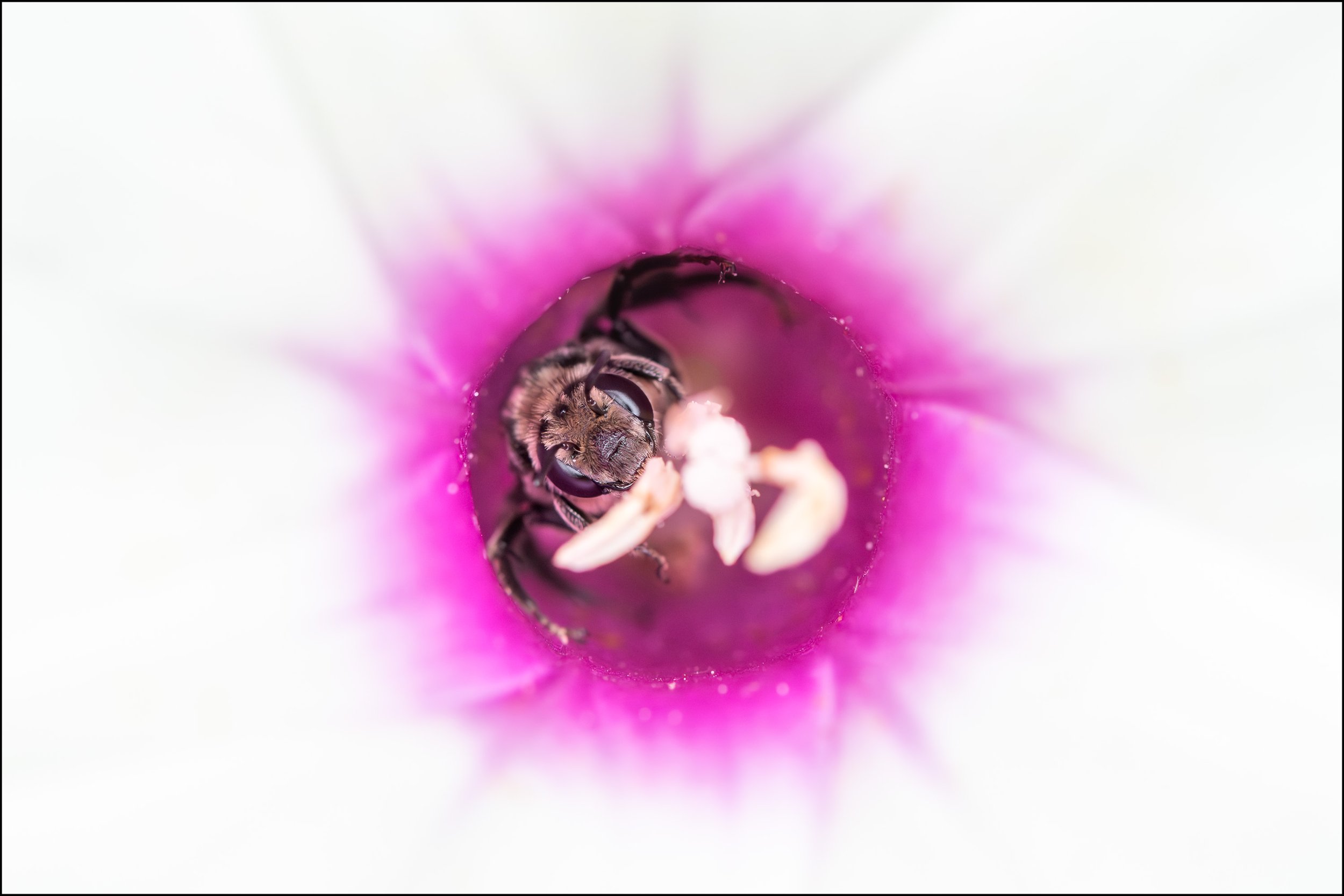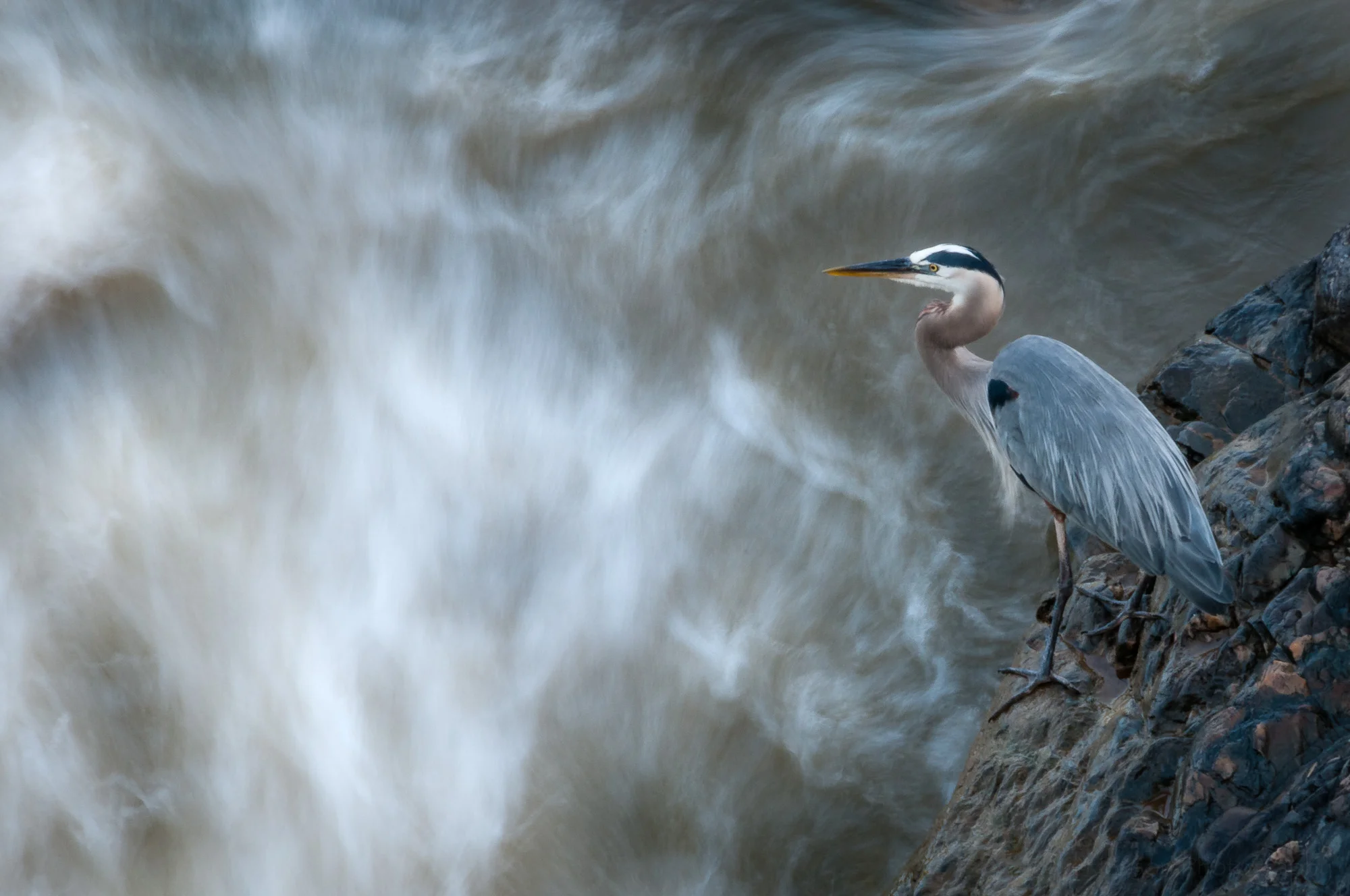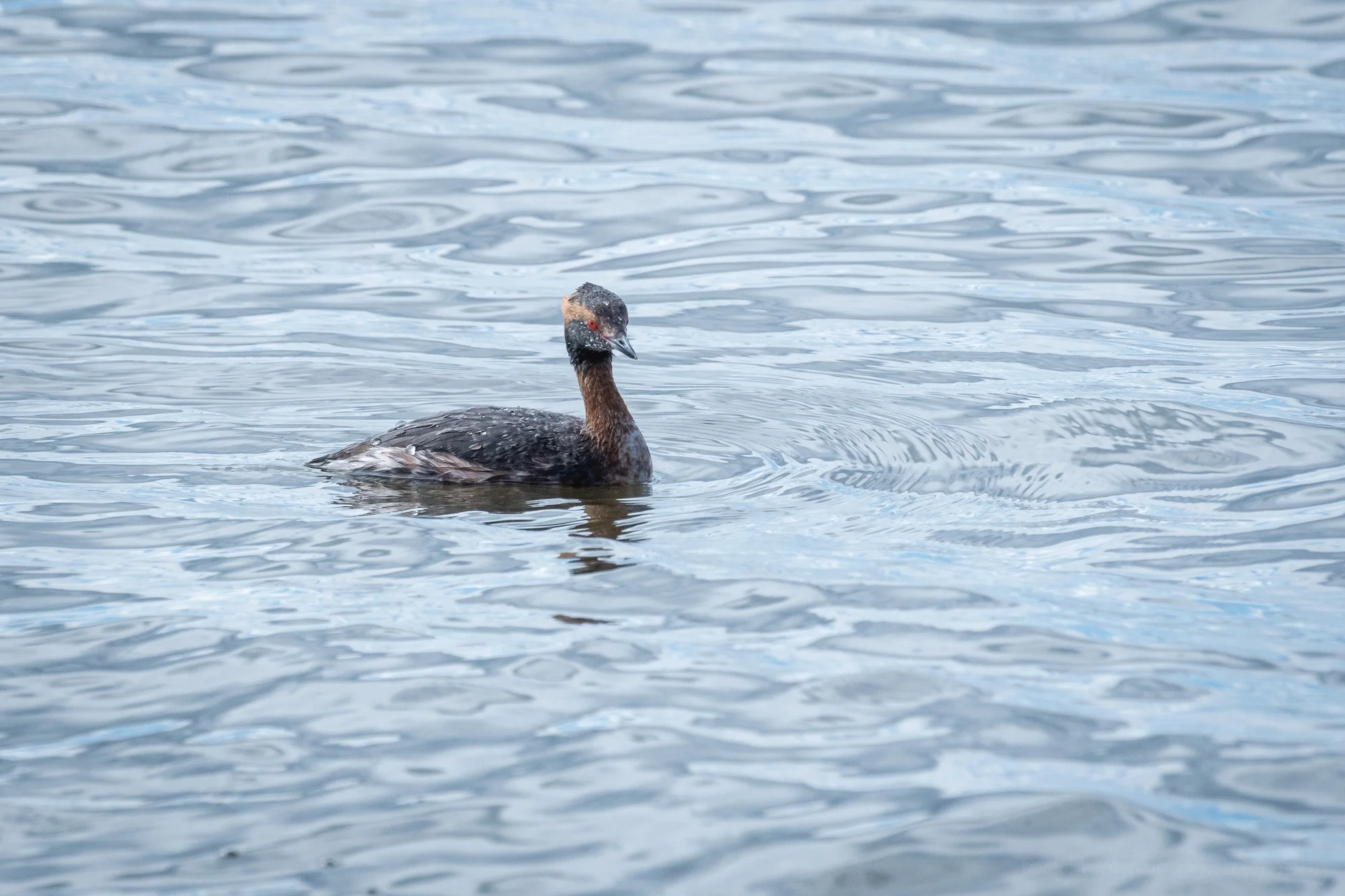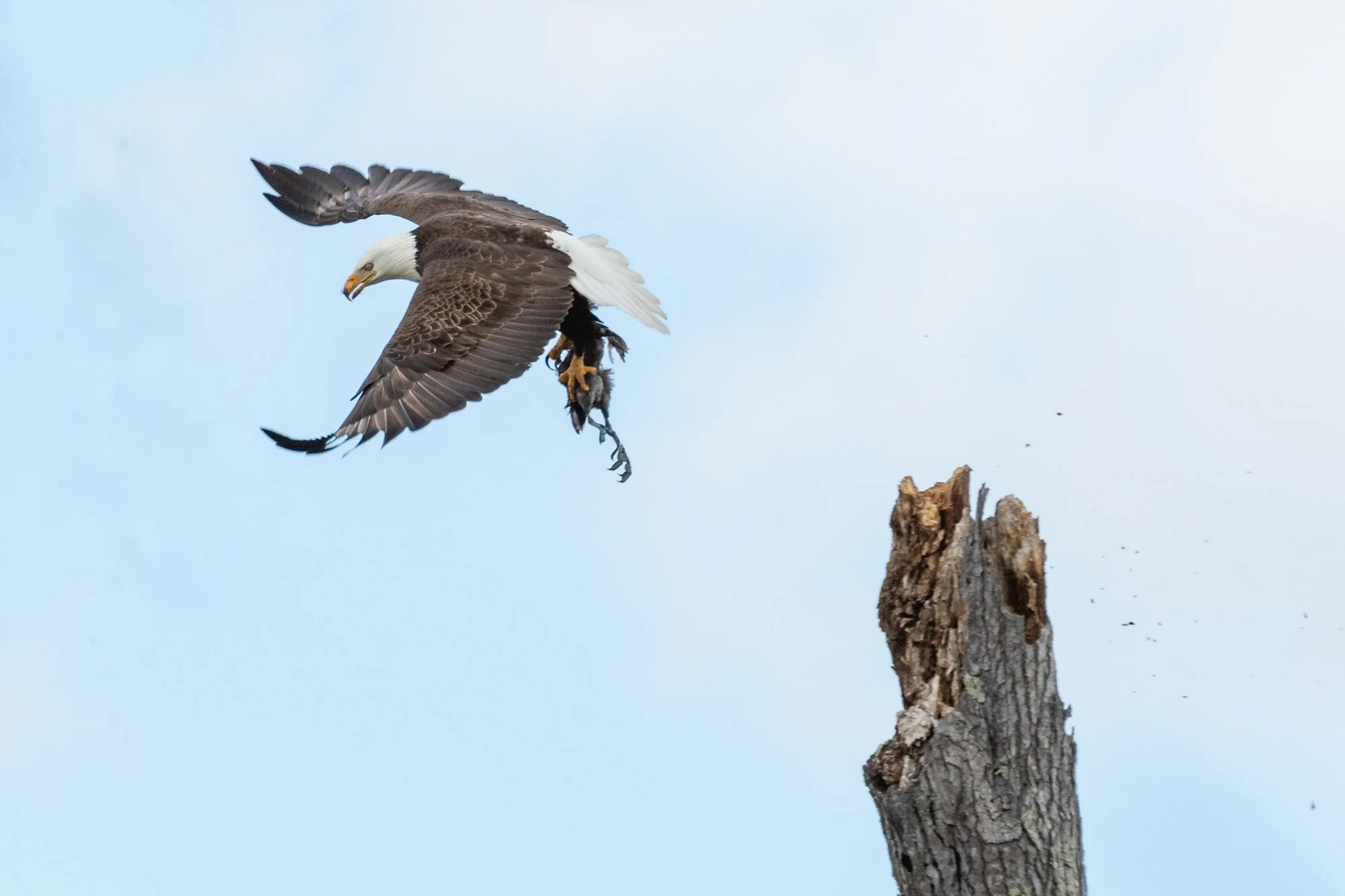Sunrise, Mason Neck National Wildlife Refuge, January 7, 2023
In mid to late-December, 2022, my father and I hiked trails at Mason Neck National Wildlife Refuge in Virginia. It’s a location I don’t get to all that often and because of that we thought it would be a good place to revisit. While there we heard these extremely loud birds out in the marsh and wondered what they were. I only had my wide angle lens with me so the best I could do was capture some very distant images and record a little audio, which was enough to later identify the birds as tundra swans, a species that winters over in this area each year.
There was a time when the only lens I brought with me was my longest lens and wildlife was, by far, my most common subject, with birds being what I most sought out. Since then I’ve branched out and now I seek out many more subjects, but I’m still very drawn to birds and other wildlife. So finding these tundra swans and learning they overwinter here lit a fire in me to photograph them. So on New Year’s Day, 2023, my father and I returned to the refuge with my big lens (and my wide angle, just in case). As luck would have it, it was a very foggy morning so any birds we saw out in the marsh were just silhouettes in the fog. It also happened to be low tide and the swans seem to prefer slightly deeper water, meaning they were much further away than they’d been in December. We could hear them but not see them.
I checked the tide charts and found that January 7th would have a high tide at the marsh right around the 7-8 am time period, so we planned to give it another try. And luck was with us. We did get the chance to watch a small number of tundra swans out in the marsh as they woke up, stretched, and started their day. They were still at a distance but with my long lens I was able to create some decent images of them.
But wait a minute, you might say. There’s not a single tundra swan in the photograph I’m presenting today. What does any of this have to do with the story behind this image? Well, the story is that I never expected to create this image. I was focused on the tundra swans. But thankfully I also brought my wide angle lens and we just happened to arrive at the observation platform not long after sunrise. So I brought up my camera with the wide angle lens and quickly created a series of handheld images of sunrise over the Great Marsh. The river you see in the background is the Potomac River. And the land in the distance on the other side of the Potomac River is Maryland.
So the lesson of the day is one I’ve relearned many times. Always be open to the unexpected. Even if you go out with a single goal in mind, be open to the possibilities nature presents you. You just never know what you’ll find, though with time you learn some of those possibilities and can prepare for them.
And about those tundra swans, I do hope to share some photos of them with you in the not too distant future. Nothing spectacular, but a nice collection of photos I’m happy with that represent some of the behaviors we observed.
Do you enjoy these posts?
Sign up to receive periodic emails with updates and thoughts. Don’t worry, I won’t spam you. And please consider purchasing artwork or products from my online store, and using my affiliate links in the sidebar to the right when shopping online.
I appreciate your support!























































